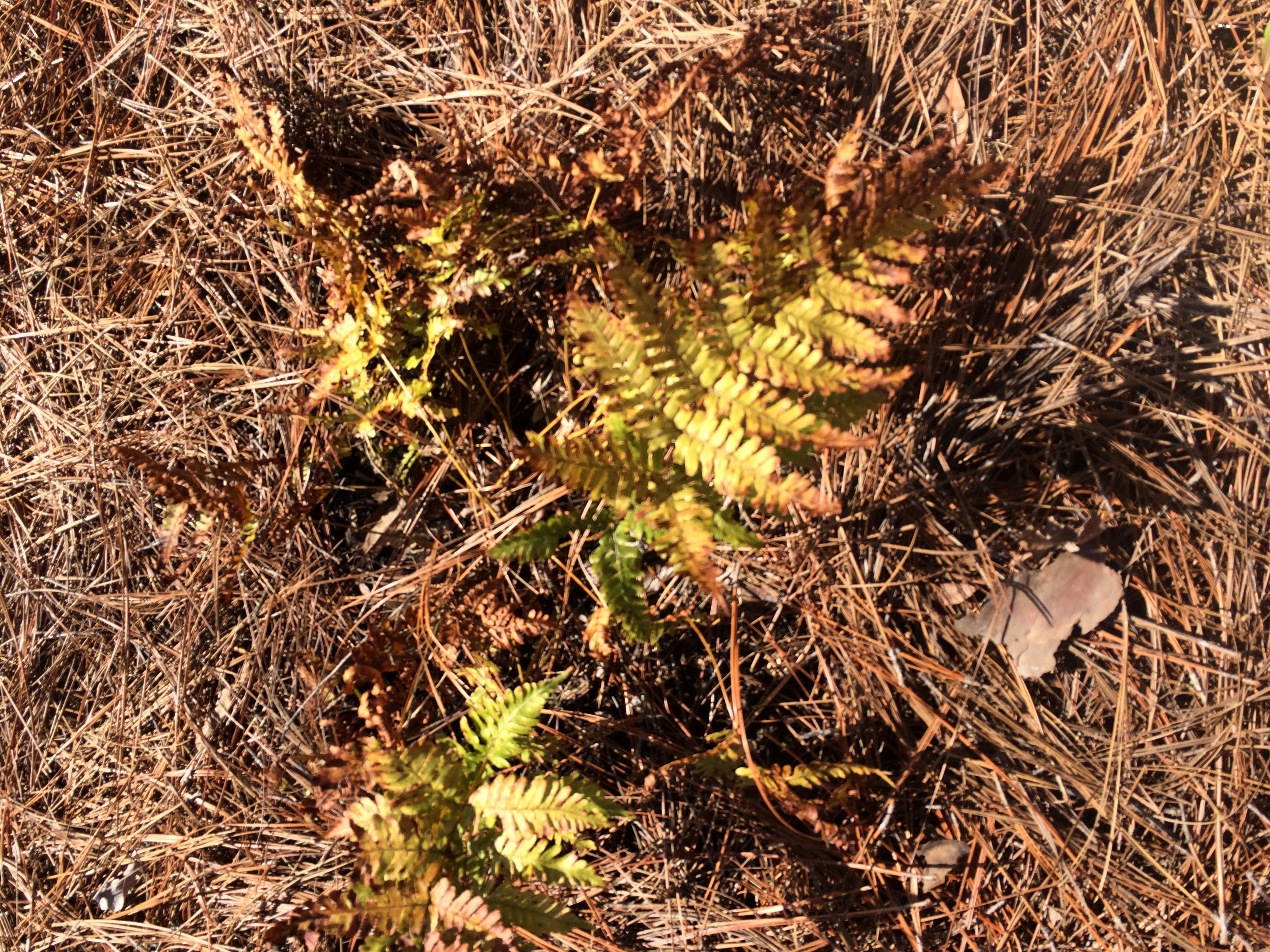One of the most common landscaping problems is plants that are spaced incorrectly within a design. When plants are spaced too close together, or too close to the house, they can overgrow their space, crowding each other, losing interior leaves, and deteriorating. When plants are spaced too far apart they leave room for weeds to grow, and fail to be impactful from a design point of view. Read on to learn more about selecting and spacing plants within your garden.
Fragrant plants in a garden are those to be truly treasured. These plants welcome you home each day and are the ones that draw you into your landscape. Read on to learn about plants that I recommend for fragrance in the garden for each season.
Many plants can be utilized to standout in the winter such as witch hazel. The Hamamelis cultivars, including ‘Arnold Promise’ or ‘Carmine Red’, don’t just give stellar color to a winter garden, but add a wonderful fragrance.
One of my favorite fragrant plants is Calycanthus floridus. You may know it as Sweet Betsy, Carolina Allspice, or Sweetshrub. It blooms in late spring and has a fruity scent.
Gardenia jasminoides is a long-lasting summer bloomer that is a great choice for your landscape. There are many cultivars that range in sizes, but what they all have in common is the standout fragrance. This evergreen shrub is a great option for cut flowers.
Another useful evergreen shrub that sends out a nice perfume in the fall is Osmanthus fragrans. Although the flowers are inconspicuous, the scent is remarkable. This plant works in a variety of sun conditions, is deer resistant, and can be used for screening purposes.
Flowers are a great addition to any garden, but fragrance is a wonderful way to intrigue the senses. Interested in adding some of these seasonal fragrant bloomers to your landscape? Contact Bright Leaf Landscaping at 919-475-1015 or fill out our online contact form. Design and installation are our expertise, and we are always happy to meet with new clients to discuss potential projects!
When I meet with clients at this time of year a regular request is for evergreen plants. This makes sense to me, when almost nothing is blooming, the fall color season has past and we are months away from the warm temperatures of spring and summer, focusing on evergreen foliage is a logical choice. One of the many lessons that I have learned from working in my own garden is that while some plants are evergreen, they don’t necessarily look their best in winter. Read on to learn more.
Evergreen ferns – are they worth planting?

(Autumn fern planted in my yard, after the low temperatures of January 2014).
As we approach the end of the year and the holiday season I find myself looking to add festive decorations to my house, inside and out, without spending too much money. One great option? Using cuttings from plants found in our yards and woods. Read on to learn about some of my favorite native plants to use for cuttings.
Selecting a Magnolia for Your Yard
I love Magnolias, and I’ve encouraged lots of our clients to add these beautiful trees to their properties over the years. While I tend to use the Magnolia grandiflora (Southern Magnolia) most often, there are other species of Magnolias that have a great deal to add to the garden. Read on to learn about my favorite Magnolia, and those that I should use more.
It’s easy to get excited about plants and landscape design, but one of the most important (and most often overlooked) considerations for any gardener should be maintenance. Because, while a garden may look fantastic on the day it is planted, how it performs everyday for the years you live in your house is much more important. I spend as much time talking to our clients about how they plan to maintain their gardens as I do asking about their design preferences. One common maintenance challenge at this time of year? Leaves and pinestraw – read on to learn how to plan for them in your garden.
I love bulbs and bulb catalogues. Even though I receive dozens in the mail every fall, I can’t resist them. I have to at least flip through and imagine all the spring and summer color that I could add to my yard. And, like many people, I’ve occasionally ordered more bulbs than I can handle. When this happens I tend to just plant them wherever I can, which can be problematic come spring. Read on for some tips to consider when adding bulbs to your garden.
By August a lot of my plants have started to look tired. My Hosta is scorched at the edges, the cherry tree has started to defoliate, and my peonies are looking crispy. Fortunately, there are some plants that seem to take the heat without showing any signs of stress, and by the end of summer I’m appreciating what they bring to the garden. Read on to learn about two plants that can really take the heat.
Plants with Great Weeping Form
Adding a weeping plant to your yard is a great way to add a sculptural element with seasonal interest. Fortunately for us, there are several plants with great weeping form, and various sizes and shapes that do well here in North Carolina. Read on to learn about some interesting weeping plants and how to incorporate them into your yard.
One lesson I’ve learned as a gardener is that flowers are here for a few days or weeks, while foliage is here for months! As a result, I design around the color and texture of foliage as much or more than the flowers of a plant. We regularly use plants with purple, red, silver, yellow or variegated foliage – read on to learn about some of my favorites.
